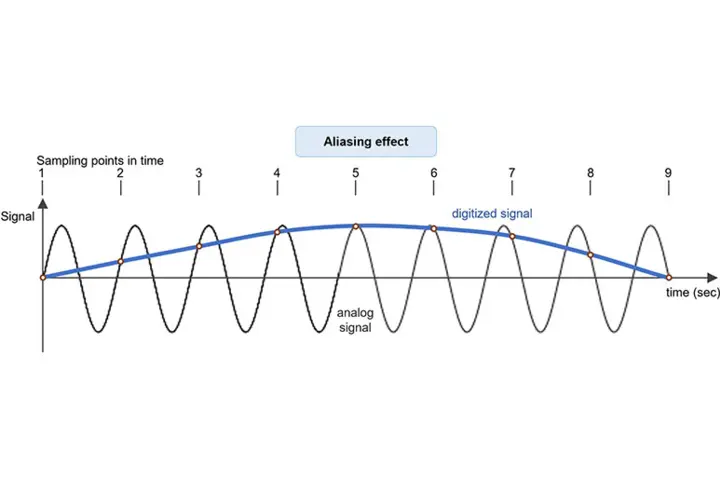What is meant by sampling rate?
In general, a measurement chain designed for digital signal conditioning consists of several components, such as sensors, cables, amplifiers, data acquisition hardware and software. To acquire analog measured values, an analog-digital converter is required which is integrated into the data acquisition hardware. The acquisition of the measurement data is realised by a sampling rate, which is a periodic process. The analog signal is sampled at a defined rate – samples per second – and converted into a digital signal.

